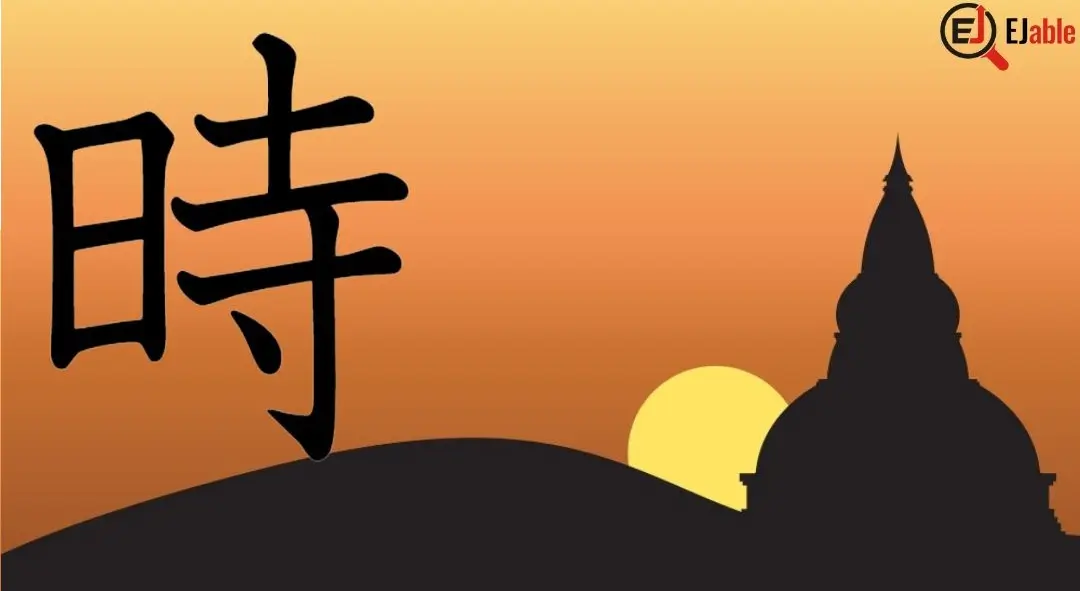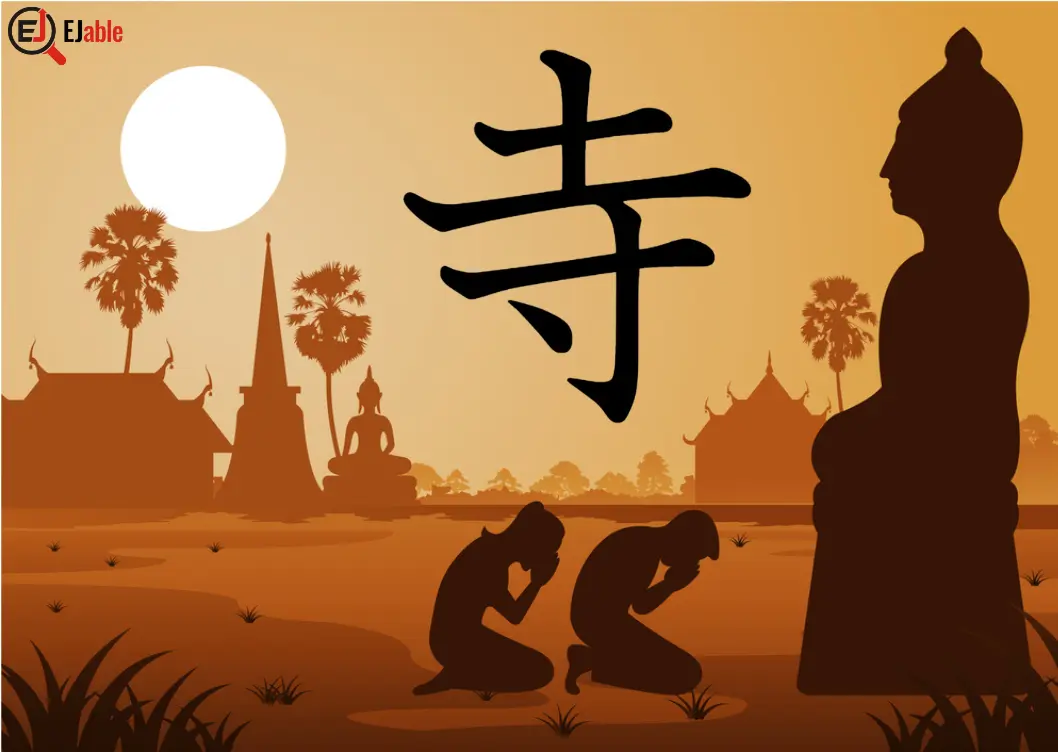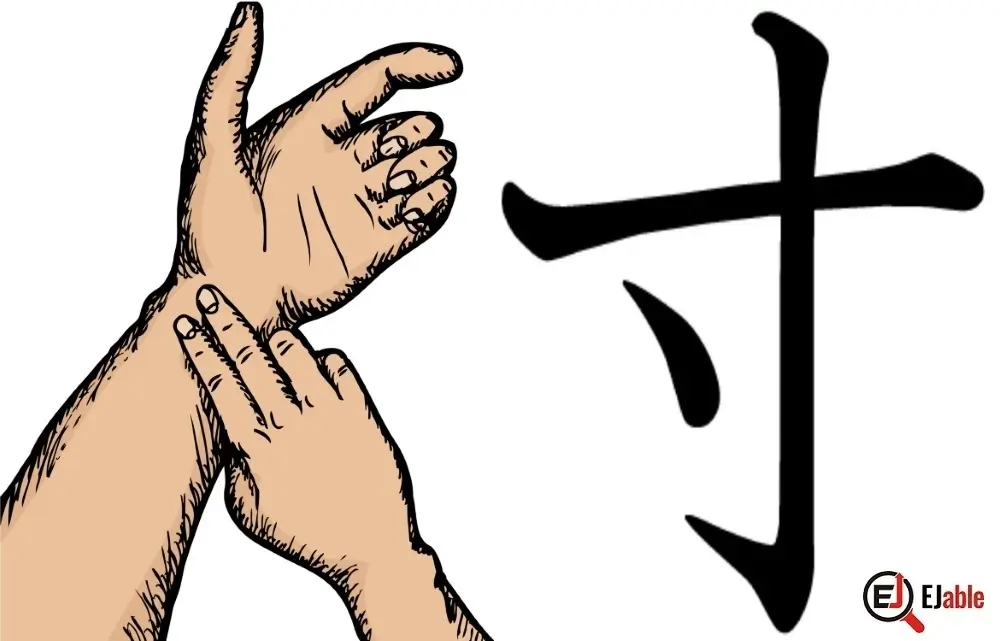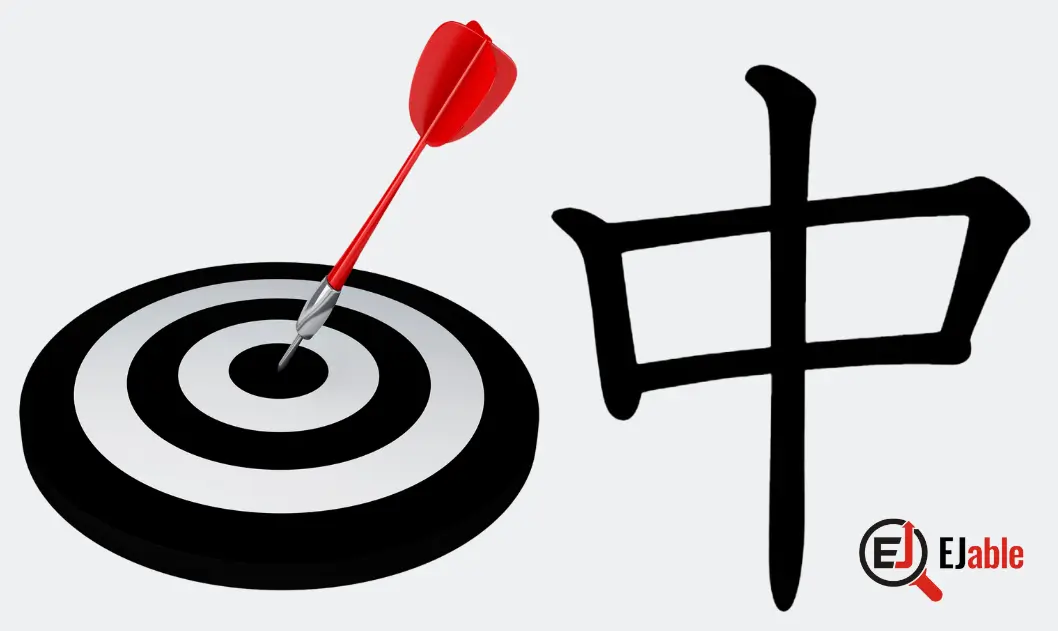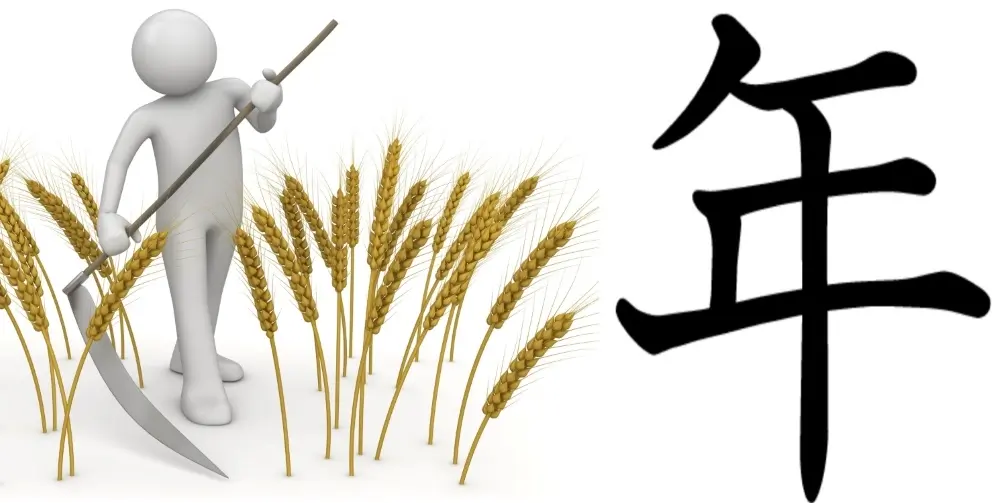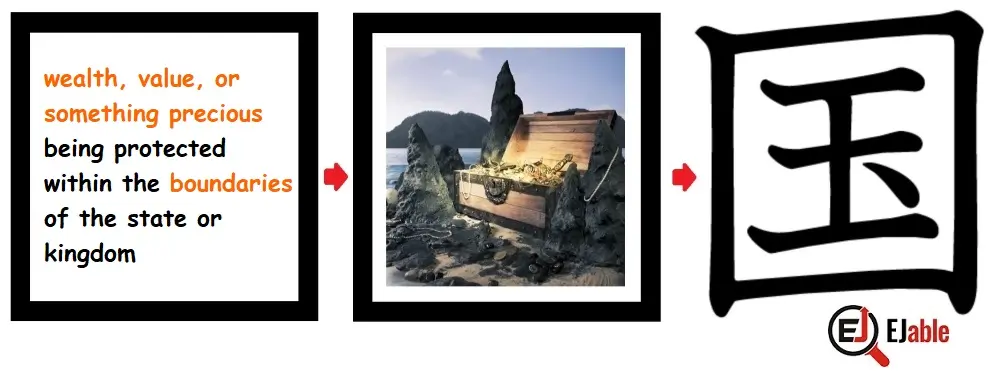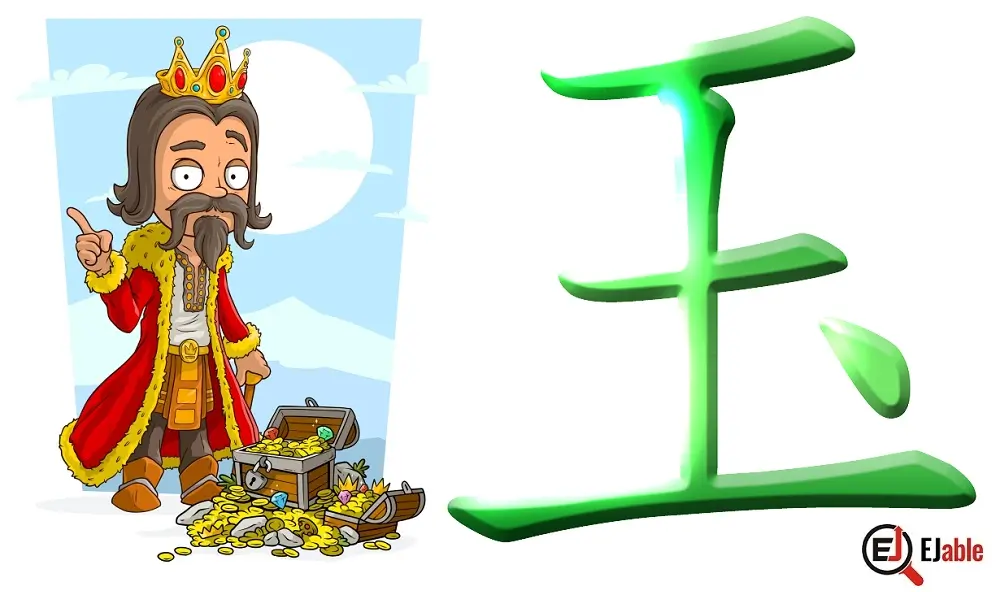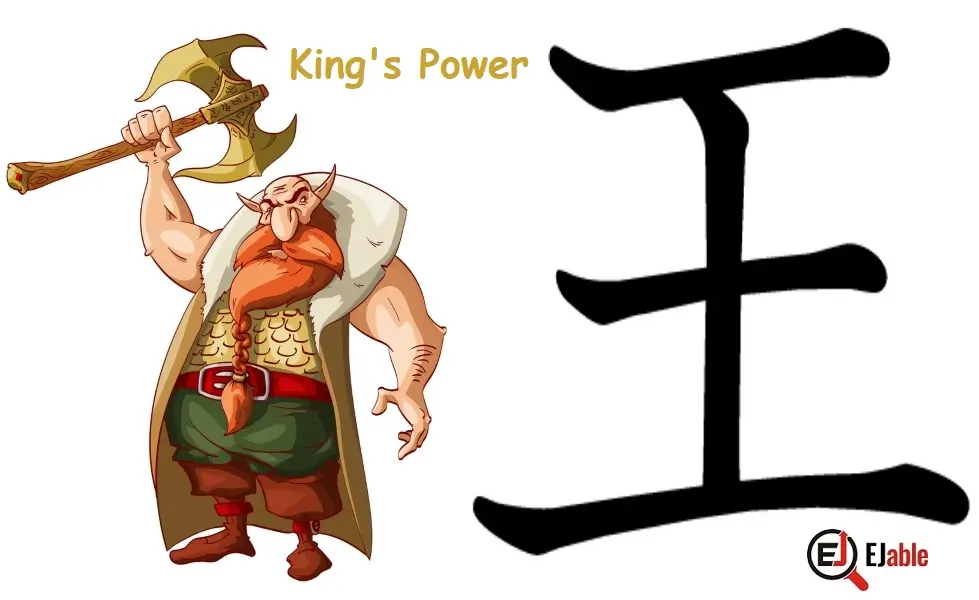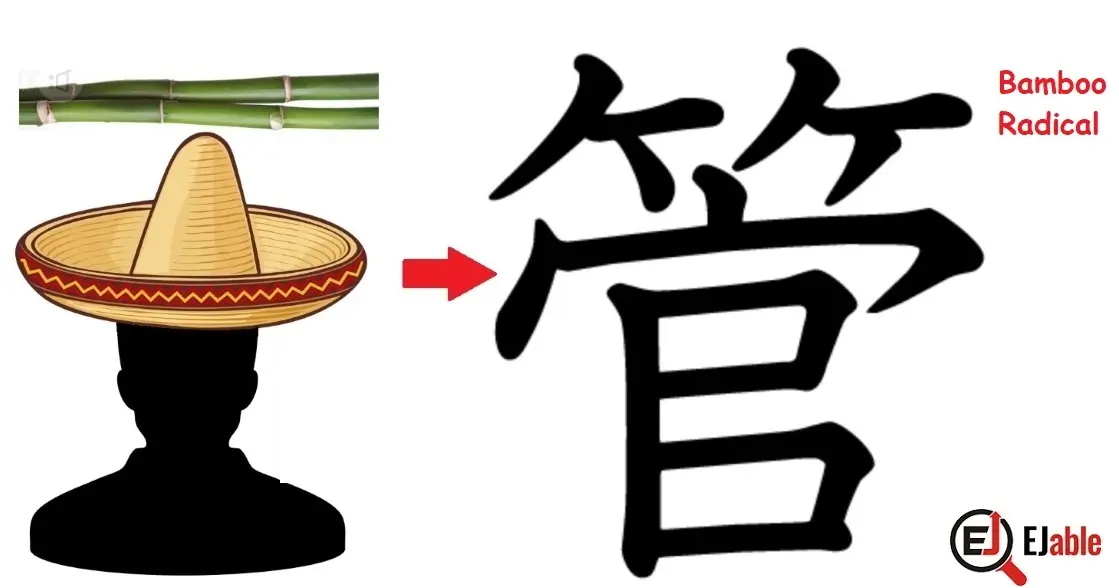Best English-Speaking Hospitals and Clinics in Tokyo [2024]
One of the questions every foreigner in Japan has at one time or another is about the English-speaking hospitals and clinics in Tokyo. Well, it’s not that every foreigner in Japan lives in Tokyo. Still, most expats do, so having a list of clinics and hospitals with English-speaking doctors in Tokyo is handy for medical emergencies. Language plays the most
Continue reading

